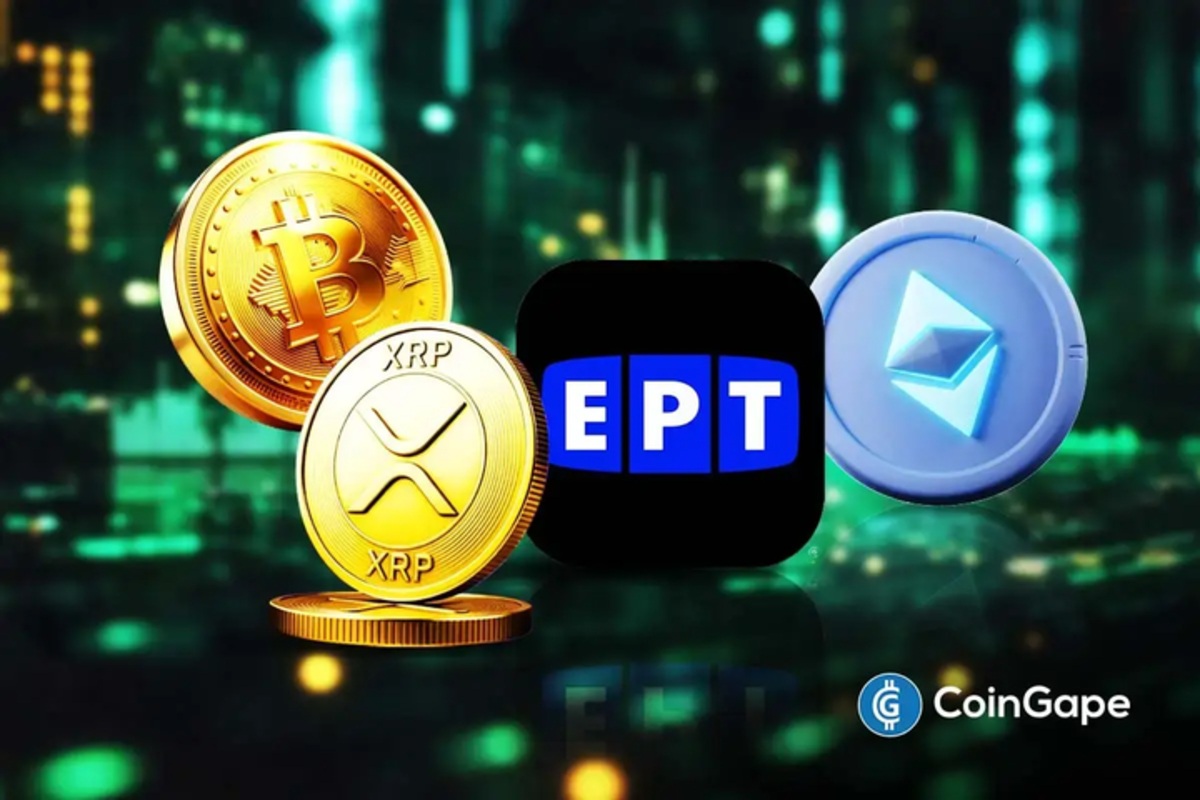Bitcoin Runes Sees Slowdown in Activity After Initial Surge

Highlights
- Bitcoin's Runes protocol launched on April 19, aligning with Bitcoin's halving event, but has since seen a decline in activity and user engagement.
- The protocol initially generated over $135 million in transaction fees in its first week, setting records for Bitcoin miners.
- Recent data from May 10 indicates the lowest levels of new mints and wallet interactions since the launch of Runes.
Bitcoin’s novel Runes protocol, launched in conjunction with Bitcoin recent halving on April 19, has witnessed a significant slowdown after its initial surge. The protocol’s debut catalyzed record transaction fees for Bitcoin miners as investors eagerly participated, generating over $135 million in fees in the first week alone. Despite this robust start, recent data points to a noticeable decrease in user engagement and transaction volumes.
Bitcoin Runes Protocol Experiences Activity Slowdown
According to a Dune analytics dashboard from Runes, activity on the Runes protocol has declined substantially since its launch. The data from May 10 shows a drop to the lowest levels of new mints and new wallet interactions since the protocol went live. This downturn reflects a cooling of the initial excitement surrounding the Runes protocol, suggesting that the novelty might be wearing off among users.
The reduction in activity coincides with a decrease in the transaction fees generated by the protocol. While Runes still contributes significantly to the Bitcoin blockchain’s daily fees, fetching hundreds of thousands of dollars, it has only surpassed the $1 million mark twice in the past twelve days. This trend indicates a possible stabilization after the initial high demand for block space driven by Runes transactions.
Market Response and Future Prospects
Despite the slowdown, the market valuation of several Rune collections remains high, with some reaBitcoin Celebrates One Billionth Transaction Milestoneching market capitalizations in the hundreds of millions of dollars, according to data from Magic Eden. This sustained interest in specific Rune assets suggests that while overall protocol activity has declined, there remains a robust niche market. Runes developer Casey Rodarmor, who pioneered Bitcoin Ordinals before this, hinted at future innovations by showcasing an audioreactive generative art project at an Ordinals event in Hong Kong.
Runes represents a significant technological advancement by enabling different token standards on the Bitcoin blockchain through the UTXO model and the OP_RETURN opcode. This new approach provides a more efficient tokenization solution compared to the older BRC20 standard, predominantly facilitating memecoin trading. Notably, Bitcoin recently celebrated a milestone with its one billionth transaction, underscoring the blockchain’s enduring appeal and utility.
Also Read: Cardano Founder Charles Hoskinson Reveals Why Crypto Matters In Choosing Next US President
- Trump Calls for Rate Cuts as Fed Chair Favorite Hassett Says U.S. Lags on Lowering Rates
- Aave Labs vs DAO: What Investors Should Know About the AAVE Token Alignment Proposal
- January Fed Rate Cut Odds Fall to New Lows After Strong U.S. Q3 GDP Report
- Breaking: U.S. GDP Rises To 4.3% In Q3, BTC Price Climbs
- Breaking: Bank of Russia Proposes Allowing Investors to Buy Bitcoin and Crypto in Major Regulatory Shift
- XRP Price Prediction: Will 4 Billion Transactions Spark Next Rally?
- Solana Price Outlook: Will SOL Recover With Strong Institutional Buying?
- Ethereum Price Risks Crash to $2,500 Amid Sustained Wintermute Dumping
- Is It Time to Sell Bitcoin for Gold- Analyst Spots 2023 Pattern That Triggered BTC’s Last Major Rally
- Bitcoin Price Prediction and Analysis: Will BTC Hit $100k Before Year-End?
- Bitcoin Price Prediction As Michael Saylor Pauses BTC Purchase- Is A Fall to $74k Imminent?

 Claim $500
Claim $500














